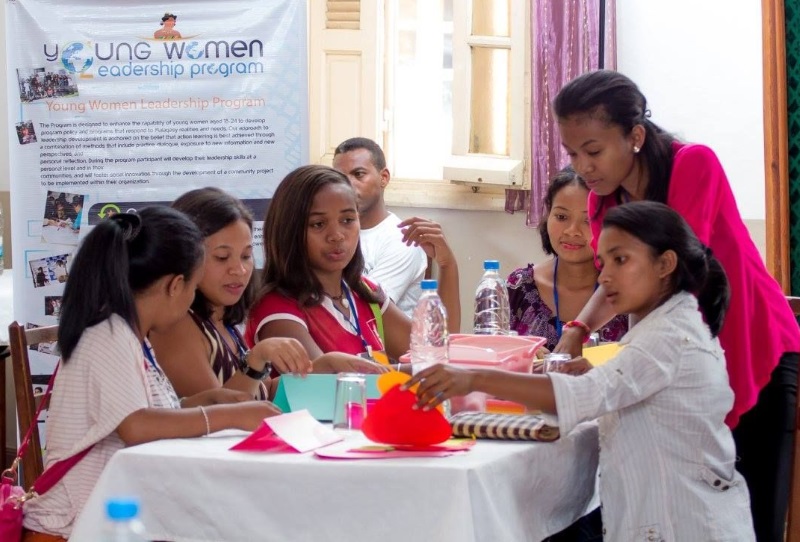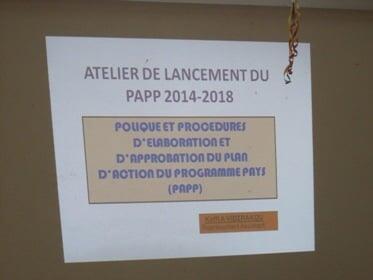Lome (Togo) - The 6th cooperation programme between the Government of Togo and the United Nations Population Fund (UNFPA), the Country Programme Document (CPD 2014-2018) was presented to implementing partners in August 2013. It focuses on improving the universal access of the population, especially youth and women, to sexual and reproductive health services, promoting reproductive rights, reducing maternal mortality and accelerating progress.
This Country Programme Document, also known as CPD takes into account national priorities under the Plan of Action of the International Conference on Population and Development (ICPD) and the Millennium Development Goals (MDGs). It has five components: situational analysis that enables to identify the country’s priority action areas, the lessons learned from previous cooperation and the final evaluation of the 5th CPD which ends in 2013, the contents of the proposed new programme, its management, monitoring – evaluation, and the framework of its results and resources.
It should be noted that the new proposed programme focuses again on two regions of the country, Savannes and Maritime, characterized by extreme poverty (73% against 58.7% at national level), high fertility rate 6.4 children per woman and a high annual rate of population growth of 3.36%.
The CPD will contribute to achieving the five results of the revised UNFPA Strategic Plan:
i) Maternal and neonatal health: reducing maternal mortality from 350 per 100,000 to 236 per 100,000; encourage births attended by skilled health personnel from 59.4% to 78% and increase caesarean births from 8.8% to 12%.
ii) for family planning, increase the contraceptive prevalence rate (modern methods) from 13.2% to 24.6%; reduce the share of unmet family planning needs from 37.2% to 25 % and increase the percentage of health facilities with at least three (03) modern methods of contraception from 89% to 95%.
As for a better access to Sexual and reproductive health and sexuality education for young people”: increase the number of young people (boys and girls) aged 15-24 years, who had risky sex in the last 12 months and used a means of protection against HIV, from 47% to 70 %.
Also, reduce HIV prevalence in the 15-24 years age group from 1.5% to 1%; and increase the number of young people aged 15-24 who correctly identify ways of preventing HIV sexual infection and reject major misconceptions about HIV transmission from 43% to 80%.
In terms of "Gender equality and Reproductive Health Rights", the percentage of women aged 20-24 married or living with a partner before 18 years reduce from 27% to 17%, and halve the percentage of women aged 15-19 married or living with a partner from 12 % to 6 %.

Finally, "Data Availability and Analysis": increase from 3 to 7 the number of household surveys on MDG 5b (universal access to reproductive health).
The development of the CPD was a participatory process conducted with the national party from September 2012 to February 2013. The outline of this Paper, presented at the United Nations Headquarters in New - York in June 2012, was shared with the implementing partners in Lome during a workshop.
When presenting the CPD, the UNFPA Officer-in-charge, Mr Koffi Afelete Vidzrakou, explained the basis of the alignment of the UNFPA programming process on the national planning cycle i.e. developing the Poverty Reduction Strategy Paper- PRSP then the United Nations Development Assistance Framework- UNDAF). The document was also inspired by sectorial policy documents namely the National Health Development Plan (PNDS).
At the end of this exchange and launch workshop, the implementing partners took the opportunity to develop the Country Programme Action Plan (CPAP) , which will be finalized and submitted to a Select Committee, and back to the national party for validation.


